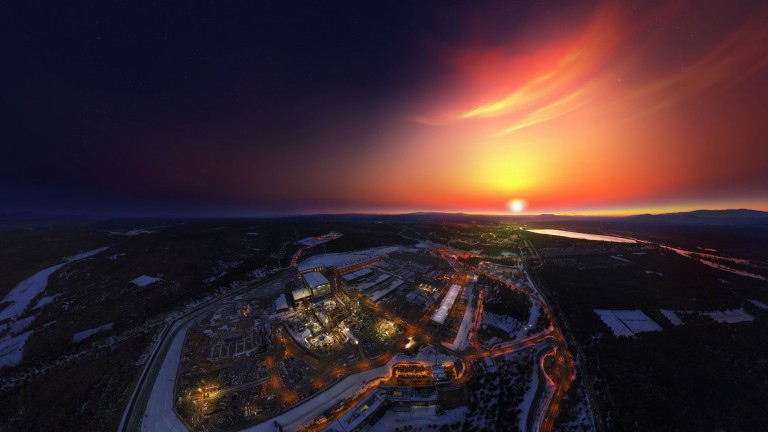Researchers have been working for the past four years to reproduce one of science’s most controversial experiments: re-creating the power of the sun in a tabletop experiment.
What is cold fusion? Fusion is what happens at the heart of stars, where hydrogen atoms get squeezed together to fuse and create helium, releasing huge amounts of energy in the process. Major projects like ITER in France hope to one day replicate it at scale on Earth. It’s incredibly complex because it requires huge amounts of heat and pressure. (ITER uses a cloud of hydrogen gas at around 150,000,000 °C (270,000,000 °F) 10 times hotter than the sun’s core, held in place by giant magnets.) Cold fusion is the idea that you can get the same result at room temperature.
Sounds amazing—is it legit? Er, no. In 1989, University of Utah scientists Stanley Pons and Martin Fleischmann said they had run electricity across two plates made of palladium sitting in deuterium, or so-called heavy water, and produced heat. The claim was sensational. If true, it would have been the discovery of a plentiful, clean energy source.
But? No one could reproduce the result, and the whole embarrassing debacle was (pretty much) forgotten.
Or so we thought: Turns out Google has spent $10 million in the last few years looking at the idea, 30 years after it was shunned. In an article in Nature on May 27, Google scientists said they were “motivated by the possibility that such judgement might have been premature.” Over the course of four years, the team looked at three different ways of generating cold fusion in the lab. Unfortunately, they saw no sign of it in any of the experiments.
Now what? It looks as though cold fusion really is dead this time. But the Google team’s work has seen advances in material science and chemistry that may be useful in more realistic technologies, such as hydrogen storage.

